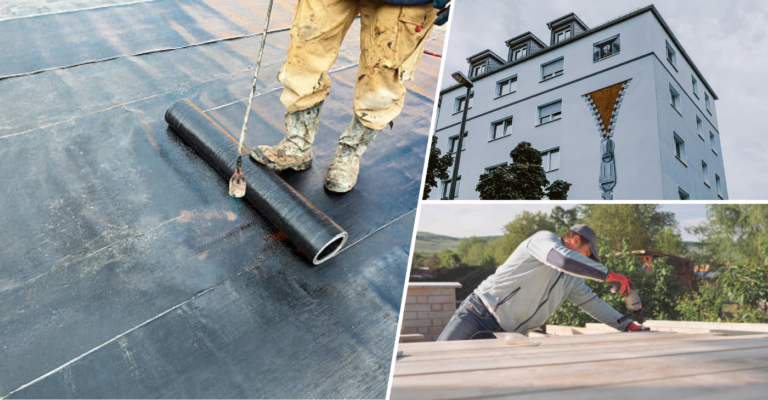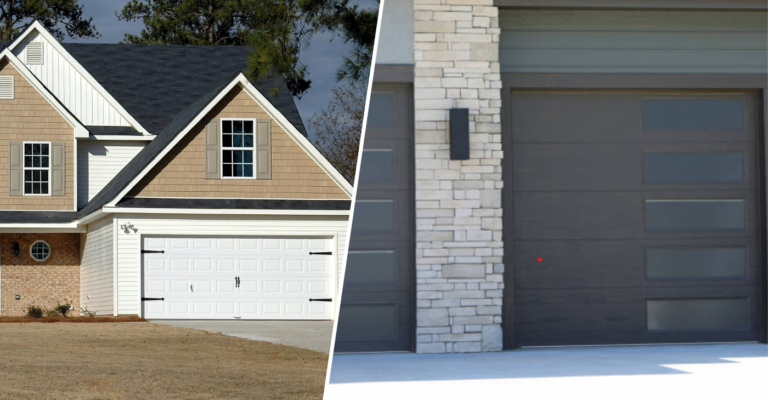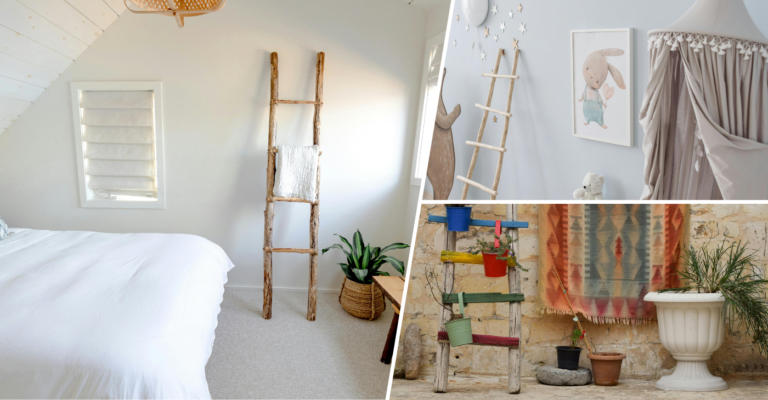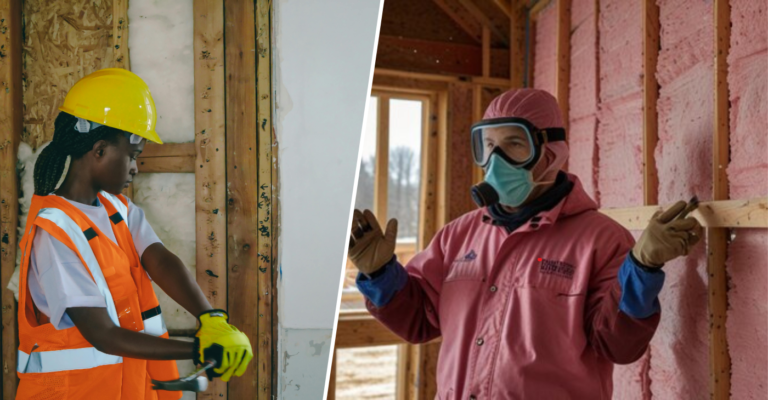Guide: Why secondary glazing is a smart upgrade
Secondary glazing is a simple way to improve energy efficiency, noise reduction, and comfort without changing a building’s exterior. This solution adds an extra glazed panel inside existing windows, boosting insulation. It’s ideal for historic and secondary glazing listed building where preserving the original look is key. With options like acoustic-grade, magnetic, and sliding panels, secondary glazing fits a range of needs. It provides a non-intrusive way to upgrade window performance.
What is secondary glazing?
Secondary glazing is an interior add-on for windows. It involves a slim glazed panel fitted inside the existing frame. This layer reduces heat loss by acting as an insulative barrier. It controls thermal transfer across the building’s envelope, reducing energy consumption. Unlike full window replacements, secondary double glazing keeps the structure’s external aesthetics. It’s especially suitable for historic properties where preserving exterior elements is key. By installing secondary double glazing, buildings achieve better thermal and acoustic performance without structural changes.
What types of secondary glazing are available?
Secondary glazing systems vary to meet specific building needs:
- Fixed secondary glazing: These panels are permanently secured. They suit windows that do not need frequent access. This system provides strong insulation with a clean, seamless finish.
- Lift-out panels: These removable panels simplify cleaning and maintenance. Ideal for windows that require occasional access, they provide versatility without sacrificing insulation.
- Horizontal and vertical sliding systems: Designed for sash and large windows, sliding units ensure smooth operation. They’re effective for adding insulation while retaining window function.
- Hinged panels: Side or top-hinged panels allow quick access to the main window. These are useful in high-traffic areas or where regular ventilation is needed.
How can secondary glazing benefit sash windows?
Sash windows are visually distinctive but often lack insulation. Adding secondary double glazing enhances their thermal performance. It helps retain warmth, reducing drafts and improving indoor comfort. For sash windows in historic properties, secondary glazing offers compliance with modern energy standards. It’s a balanced approach, maintaining the look while boosting energy efficiency.
Why choose secondary glazing for sash windows?
Secondary glazing on sash windows provides key advantages:
- Enhanced thermal insulation
Secondary glazing adds an extra glass pane to windows. This layer reduces heat loss and keeps interiors warmer. It helps lower energy bills, especially in older buildings with single glazing. - Improved acoustic insulation
The added pane reduces noise from outside. This makes it perfect for properties near busy roads or airports. The air gap between the glass dampens sound for a quieter space. - Increased security
An extra layer of glazing makes windows more secure. It adds protection against forced entry. This is ideal for ground-floor properties and those needing extra security. - Condensation reduction
Secondary double glazing helps prevent condensation. This stops mold and moisture from building up on windows. It protects window frames and keeps interiors dry. - Preservation of original windows
Secondary glazing windows work well for historic buildings. It improves efficiency without changing the exterior look. It’s a non-invasive way to keep the original character. - Cost-effective solution
Secondary glazing is more affordable than full window replacements. It offers similar benefits in insulation and noise reduction. It’s a smart choice for boosting comfort on a budget.
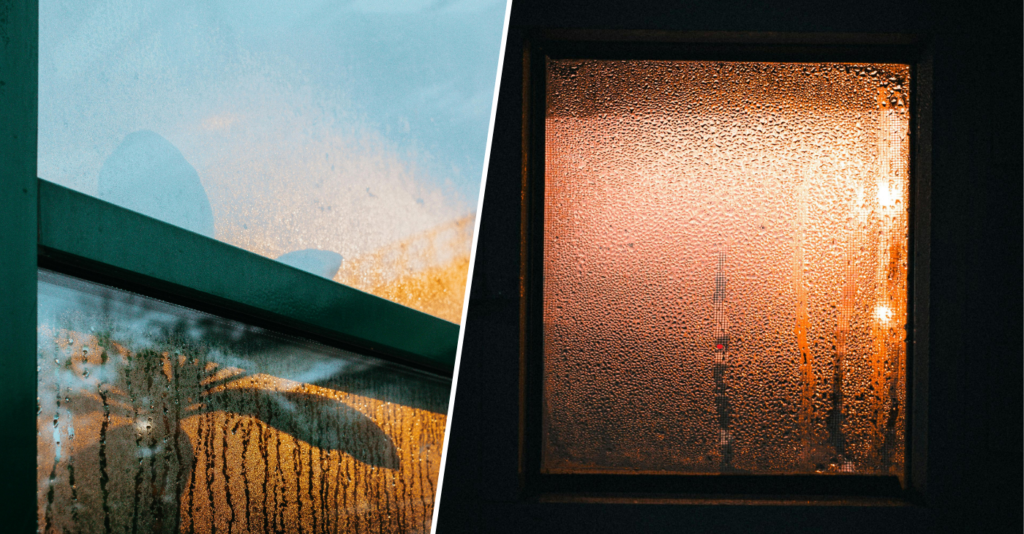
What is acrylic secondary glazing and why consider it?
Acrylic secondary glazing uses tough, clear acrylic sheets. Acrylic is lighter than glass yet durable and impact-resistant. It’s a practical choice in high-traffic or child-friendly areas. Because it’s easy to shape, it fits well in non-standard window shapes. Acrylic offers a balance of insulation and sound control. It’s a cost-effective alternative for both residential and commercial applications.
How does acoustic secondary glazing reduce noise?
Acoustic secondary glazing is specially designed to minimise sound transmission. It uses thicker, high-density glass up to 10mm to absorb and block sound waves. This extra thickness works as a barrier. It reduces the movement of sound vibrations that would typically pass through standard windows. Glazing system captures sound energy and dampens noise effectively by creating a significant air gap between the original window and the secondary panel.
Acoustic secondary glazing offers substantial noise reduction in high-noise environments such as near airports, highways, or busy streets. It isolates sound frequencies, allowing only minimal sound to pass through, which enhances indoor comfort. Additionally, the air gap improves thermal insulation, making acoustic glazing beneficial for both noise control and energy efficiency. This solution is ideal for buildings in dense urban areas or commercial properties needing strict noise management.
What makes magnetic secondary glazing so convenient?
Magnetic secondary glazing provides a quick, non-permanent insulation option. It uses strong magnetic strips to attach the secondary panel to the interior frame, creating a secure seal without the need for permanent fixtures. This method requires no drilling or screws, making installation fast and mess-free. It’s ideal for rental properties or temporary installations, where long-term changes to the structure are undesirable.
The magnetic attachment allows easy removal for cleaning and maintenance. It offers instant benefits in heat retention and noise reduction, enhancing energy efficiency without disrupting the existing window setup. This flexibility makes magnetic secondary glazing a practical choice for buildings where insulation needs vary seasonally. It’s a versatile and efficient solution for enhancing thermal and acoustic performance in a cost-effective manner.
Is perspex secondary glazing a good option?
Perspex, a brand of high-quality acrylic, is a popular choice for secondary glazing windows applications. Known for its optical clarity, Perspex is lightweight, strong, and highly impact-resistant, making it a safe and affordable alternative to glass. It’s an effective option for residential projects that balance budget with insulation needs. Perspex also provides good sound reduction, although it may not match the acoustic performance of thicker glass.
The material’s durability and ease of handling make it especially suitable for DIY projects. It can be cut to fit non-standard window shapes, allowing for a custom fit in older properties or unique window designs. Perspex is an excellent option for homeowners seeking a balance between aesthetics, energy efficiency, and cost savings, especially in areas with lower noise concerns.
How much does secondary glazing typically cost?
When planning for secondary double glazing, consider system type, insulation needs, and complexity. Larger properties or custom designs may have higher costs especially with acoustic or thermal upgrades. Although upfront costs can be high, secondary glazing often pays off through energy savings and increased comfort, resulting in lower bills and a quieter, more efficient home. Here’s a breakdown of typical options and costs.
- Basic fixed panels start around £100 per window for standard insulation.
- Sliding and acoustic-grade options cost between £200-£500 per window, ideal for noise control or added access.
- Professional installation is recommended for complex setups, ensuring proper alignment and insulation.
- Additional features like acoustic or thermal glass add to costs but improve soundproofing and efficiency.
- High-quality materials provide long-term savings, especially for energy efficiency in colder climates.
- Custom installations offer tailored noise reduction and insulation for high-demand properties.
How can a secondary glazing cost calculator help?
A secondary glazing cost calculator is essential for estimating budgets accurately. By entering details like window size, frame material, and glazing thickness, users receive customised estimates. This helps in aligning the project scope with the budget early on. Some calculators, like those from Granada, allow comparisons between fixed, sliding, and acoustic-grade panels. This is useful for larger projects with different window styles.
Many calculators also show optional upgrades, like thermally enhanced or noise-reducing glass. These features give insight into long-term energy savings. Using a calculator helps owners and contractors make informed choices. It prevents budget surprises during installation.

Can you install secondary glazing yourself?
Secondary glazing windows can be a manageable DIY project. Many kits come with pre-cut panels, magnetic strips, or adhesive backing. This simplifies installation, often requiring only basic tools. It’s a cost-saving approach, especially for small applications with standard windows.
However, complex setups or custom shapes may need professional skill. Poor installation can compromise insulation, soundproofing, and fit. For these cases, professionals ensure alignment and performance. DIY is ideal for small, straightforward projects, but larger ones benefit from expert input.
What are secondary glazing kits and how do they work?
Secondary glazing kits are convenient, DIY insulation solutions. Kits typically include clear panels, frames, and fixing strips or magnetic seals. These kits are accessible, with all materials provided for easy installation. Magnetic systems are especially popular, as they allow tool-free setup and easy removal.
These kits work well for homeowners needing insulation without permanent window changes. Kits come in many sizes, fitting both standard and custom window shapes. They’re especially useful for properties in conservation areas. Some kits even meet regulatory needs, providing energy efficiency while preserving building character.
Is secondary glazing suitable for listed buildings?
Secondary glazing windows are ideal for listed buildings. It doesn’t change the building’s original structure. Unlike full replacements, it’s installed on the interior, preserving the historic exterior. This method enhances insulation and noise control while complying with heritage standards.
For listed buildings, conservation is critical. Secondary glazing windows meets energy needs without structural changes. It’s a favored option among property owners and conservation bodies. Its reversible design means it can be removed without damaging original windows.
Why is secondary glazing ideal for listed buildings in the UK?
Listed buildings in the UK have strict conservation rules. Secondary glazing for listed building offers a way to improve insulation and reduce noise while maintaining the building’s charm. Installing an internal pane provides thermal and acoustic benefits without changing period features.
It also meets conservation body requirements, preserving architectural authenticity. This solution improves indoor comfort and supports energy savings. It aligns with sustainable practices and regulatory compliance. Secondary glazing is ideal in historic areas where the exterior look is vital to the community.
What are the benefits of aluminium secondary glazing?
Aluminium secondary glazing is durable, lightweight, and stylish. Aluminium frames are strong yet slim, allowing for larger glass spans. This increases natural light and complements many property styles. Aluminium’s resistance to warping and corrosion makes it ideal for harsh climates.
Aluminium also provides excellent insulation and soundproofing. Its strength supports thicker acoustic glass, which reduces urban noise. Aluminium requires little maintenance, suiting both residential and commercial projects. The sleek finish pairs well with modern architecture.

How does sliding secondary glazing work?
Sliding secondary glazing systems maintain window use while adding insulation. Panels slide horizontally or vertically, depending on window type. This system is great for sash windows, which need to stay functional. Sliding panels allow easy access for cleaning, ventilation, and maintenance.
This glazing type is practical where regular access is needed, like in kitchens. It also ensures a clean installation that preserves the window’s look. Sliding systems can use acoustic or thermal glass for added insulation. They are flexible and user-friendly for both noise and energy needs.
Is DIY secondary glazing right for you?
DIY secondary glazing is a budget-friendly insulation choice. Magnetic and clip-in systems make DIY manageable for most homeowners. These kits provide quick, temporary insulation that’s easy to install and remove. They work well for rental properties or seasonal needs.
However, DIY might not perform like professional installations, especially for large or custom windows. Projects needing high noise reduction or airtight insulation benefit from a professional. DIY is best for simple applications. More complex setups need expert care.
Where can you find reliable secondary glazing suppliers in the UK?
The UK has reputable secondary glazing suppliers with varied options. Companies like Selectaglaze, Clearview, and The Heritage Window Company are known for quality products. They offer solutions for listed buildings and DIY kits for home projects. Their experience ensures seamless integration with existing windows.
Choosing a trusted supplier is crucial for meeting performance and aesthetic goals. Look for suppliers with industry accreditation and custom installation experience. Reliable suppliers provide detailed consultations. They help clients choose glazing that suits specific needs and building types.
Why should you invest in secondary glazing?
Secondary glazing is a smart investment in energy efficiency and comfort. It adds insulation, minimizing heat loss and lowering energy bills. It’s also great for buildings in noisy areas, reducing external sound for a quieter space.
Secondary double glazing has lasting benefits. It lets owners keep existing windows while meeting modern insulation standards. This is especially helpful for heritage and listed properties. Secondary glazing upgrades energy performance and boosts property value. It’s an investment that enhances comfort and sustainability over time.
Conclusion
Secondary glazing is a smart investment for better insulation, lower energy bills, and noise control. It works well in both historic buildings and modern homes in noisy areas. With choices like acrylic or aluminium panels and various installation types, secondary glazing can be tailored to specific needs. It not only cuts energy costs but also raises property value by adding efficiency to existing windows. Overall, it’s a long-term solution that benefits both comfort and sustainability. Read more about average cost of new windows for a 3 bed house in the UK.



